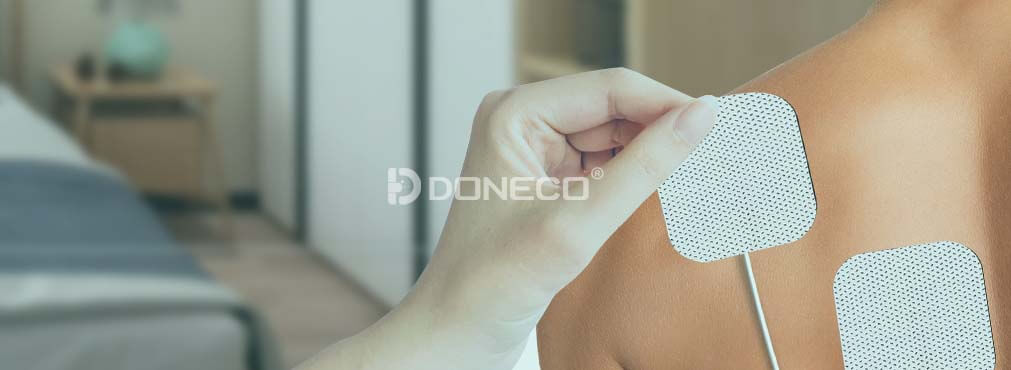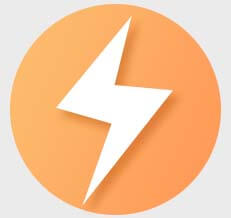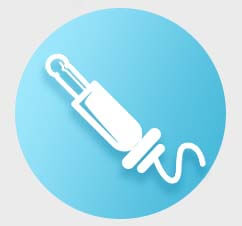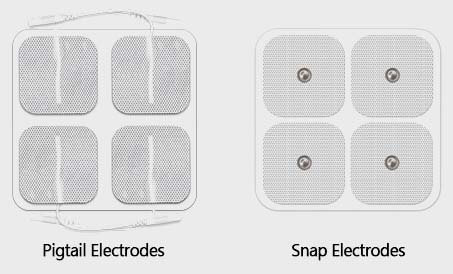

Since ancient times, people have been using electrotherapy to manage pain. They first used animals as sources of electric current that could be placed on painful areas to promote healing. Live electric fish was used to numb painful areas of the body until the 18th century when Franklinism was discovered. This involves using machines that produce electrostatic electricity.

During the late 18th century, Luigi Galvani, an Italian physician, physicist and philosopher from Bologna, came up with Galvanism which involves the use of direct current in medical procedures. Galvanism’s ability to cause necrosis - death of cells - made it useful in destroying tumors in various parts of the body. However, there are risks to applying Galvanism.

Good thing that in the early 19th century, Michael Faraday, an English scientist, came up with Faradism - the use of interrupted and alternating current in the form of electroacupuncture, transcutaneous electrical stimulation (TENS), and dorsal column stimulation. This paved the way to electrotherapy with the help of units that control electrical current and utilize electrode pads that are placed on the skin for electrical stimulation of the nerves on the area where pain is located.
Electrotherapeutic devices mainly involve four different methods: transcutaneous electrical nerve stimulation (TENS), interferential (IF) therapy, microcurrent (Micro) therapy, and electrical muscle stimulation (EMS). These electrotherapy devices can be large and intended for use in the healthcare provider's office, or more compact portable units that are handheld and typically intended for personal use at home.
Electrode pads. All of the electrotherapy machines use electrode pads that transfer the electric current from the source unit to the skin and muscles. Most electrotherapy devices use similar electrode pads, as long as these are universally compatible and high quality. It is very important to use high quality electrode pads for effective electrotherapy and avoid minor electric shocks and burns. There are two types of electrode pads.

Pigtail pin-type electrode pads are also called pre-wired electrode pads. These electrode pads are easier to connect to the lead wires that link them to the source of electric current: TENS, interferential stimulation [IF], and electrical muscle stimulator [EMS] units.
Pigtail connectors are the most common types of electrode pads for electrical nerve stimulation. They are universally compatible and connects with most of the available brands and models of TENS.
Snap electrode pads, on the other hand, has snap connectors but have the same characteristics as their pigtail counterpart.
Until now, there is no actual evidence on how electrotherapy works but there are three popular theories that explain its mechanism:
Posted in electrotherapy